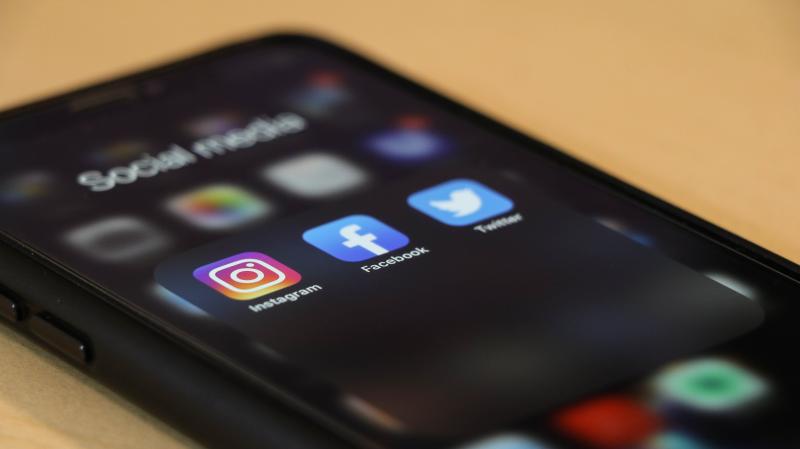When Racism Goes Viral: Vicarious Exposure to Violent Racism Among Affect Communities
By: Keiko M. McCullough, Ph.D., Assistant Professor in Counseling Psychology and Calvin Lee, Counseling Psychology

Social media is a tool that has steadily grown in both popularity as well as the number of social media sites available for public use. For many people, social media serves as a multi-functional form of entertainment, news, advocacy, education, and connection to others and communities. Additionally, using social media subsequently exposes users to the violent and tragic realities that are seemingly constant across the socio-political climate in the United States. In the U.S., violent acts of racism frequently “go viral,” surfacing upon cell phone screens, laptops, and newspapers. Media coverage of these incidents spans videos, such as the body camera footage showing the murder of George Floyd, images, such as images of the victims of the Atlanta Spa Shootings, textual descriptions, and other forms of communication (e.g. radio).
Today, vicarious exposure to violent acts of racism is a common occurrence, as media outlets relay details of race-based hate crimes, racially charged police brutality, and other acts of racial violence. While it is important for the public to be aware of these events, reports may be particularly distressing to individuals of the same racial backgrounds as the victim(s). As coverage frequently includes graphic materials, such as videos of the incident itself, images of the victims/perpetrators, and firsthand accounts of witnesses and survivors, it is important to assess the psychological impact of various forms of exposure upon the community members most likely to be affected.
While there is a significant amount of research documenting the negative effects of distressing media coverage and race-related stressors broadly, little is known about how indirect or vicarious exposure to these events impacts the psychological well-being of members from the same community as the victim(s). In large part, this is due to the lack of adequate measures and questions that get to the heart of these experiences. One of our primary goals for our project, When Racism Goes Viral: Vicarious Exposure to Violent Racism Among Affect Communities, is to stimulate future research in this area through developing a measure of vicarious exposure to violent racism that attends to multiple modalities of exposure (e.g., image, video, audio, and text), specifically tailored to individuals from the same racial group as the victim(s). Furthermore, we aim to investigate the unique relationships between different types of vicarious exposure and symptoms of secondary trauma, race-based traumatic stress, anxiety, depression, and other negative mental health outcomes to inform both clinical practice and media reporting policy. We hope to use the results from our findings to inform clinical practice and to provide recommendations for media outlets aimed at reducing the likelihood of vicarious traumatization and psychological harm amongst affected communities.
Social media is here to stay and can be a wonderful tool to be used by the general public. Our goal is to contribute our research towards creating psychologically safer spaces for people to learn, grow, and connect with others in building communities online.